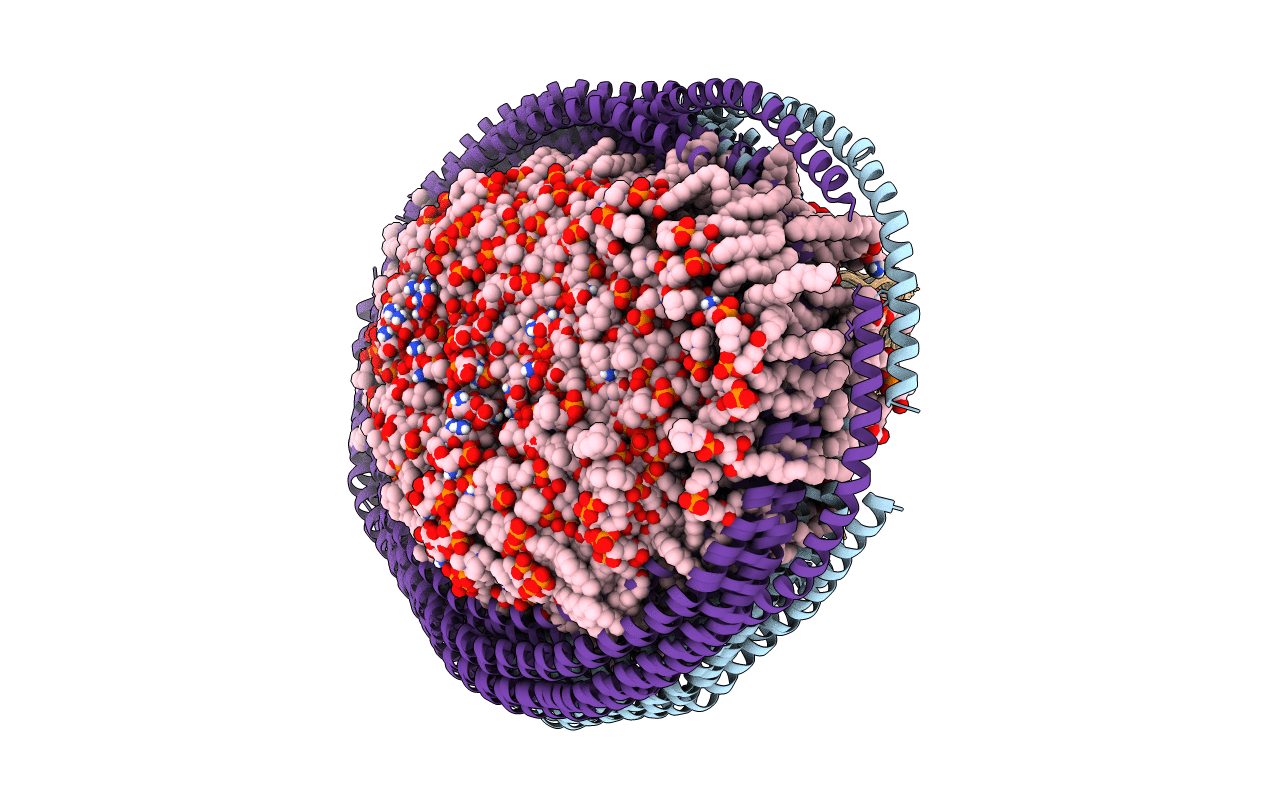
Deposition Date
2020-03-10
Release Date
2020-04-29
Last Version Date
2024-05-15
Entry Detail
PDB ID:
6W4F
Keywords:
Title:
NMR-driven structure of KRAS4B-GDP homodimer on a lipid bilayer nanodisc
Biological Source:
Source Organism:
Homo sapiens (Taxon ID: 9606)
Host Organism:
Method Details:
Experimental Method:
Conformers Calculated:
200
Conformers Submitted:
20
Selection Criteria:
structures with the lowest energy


